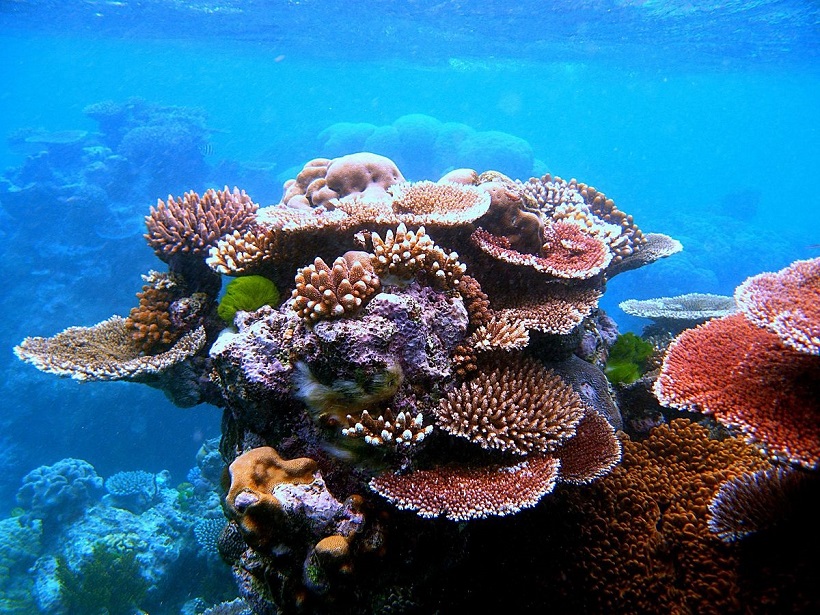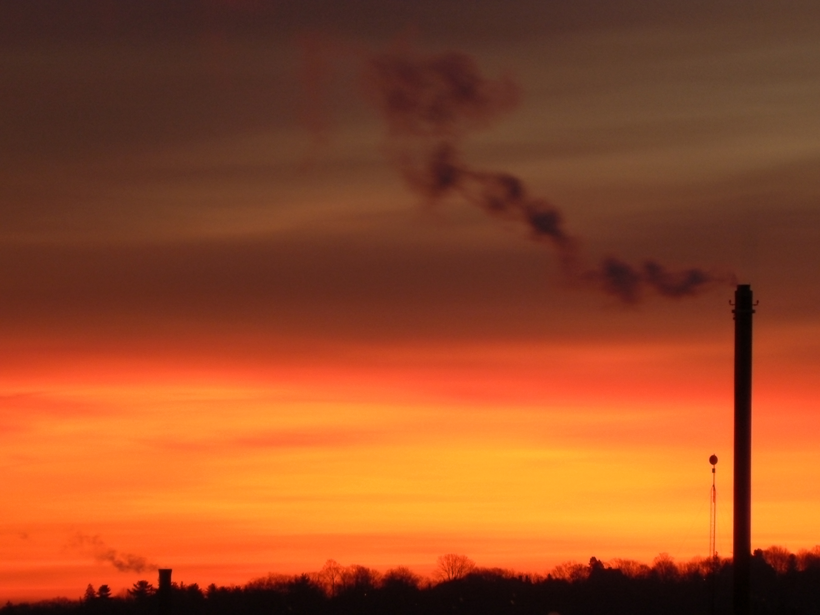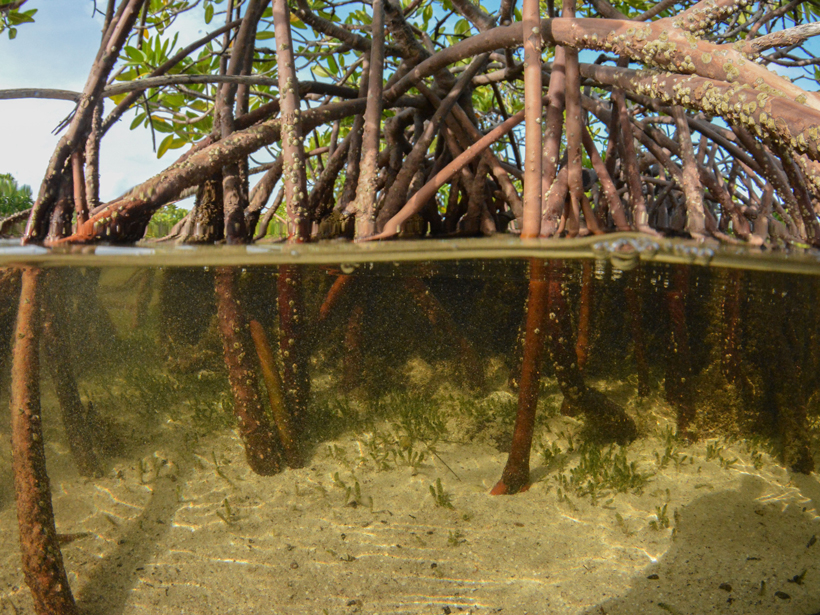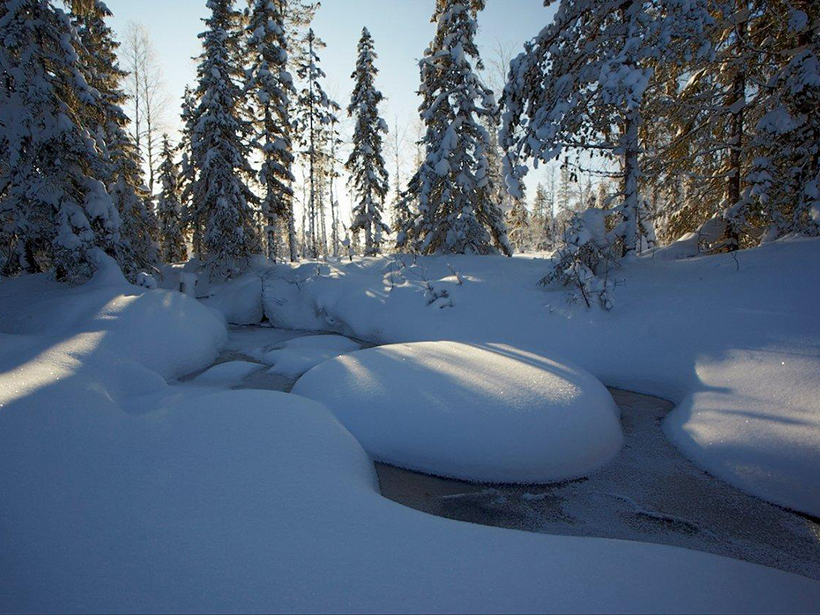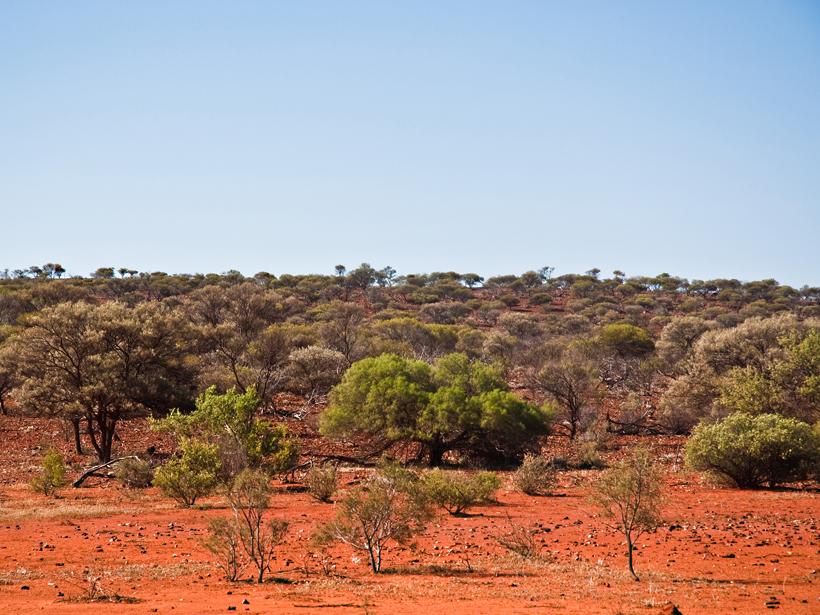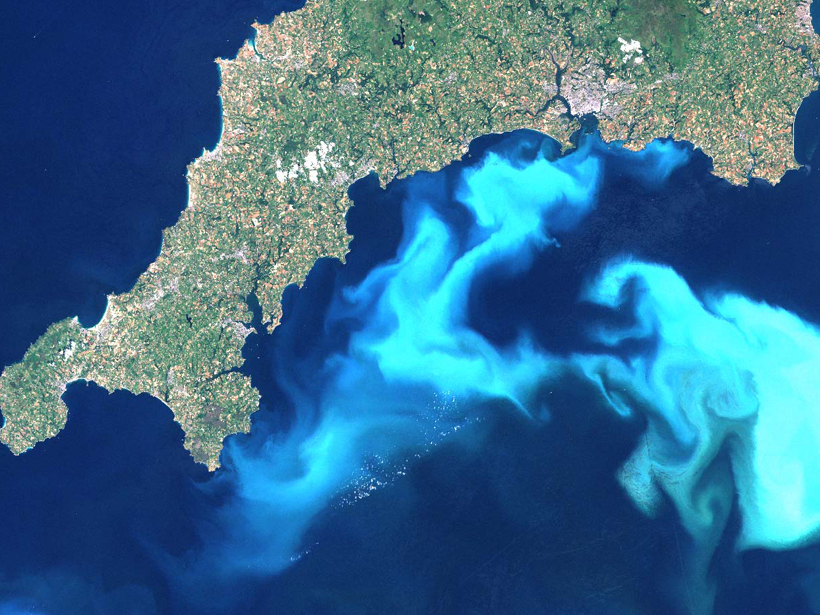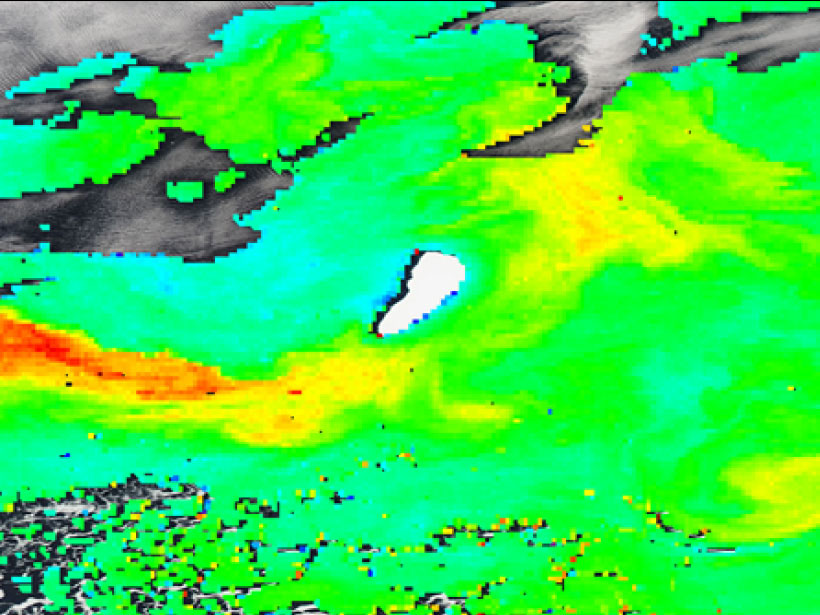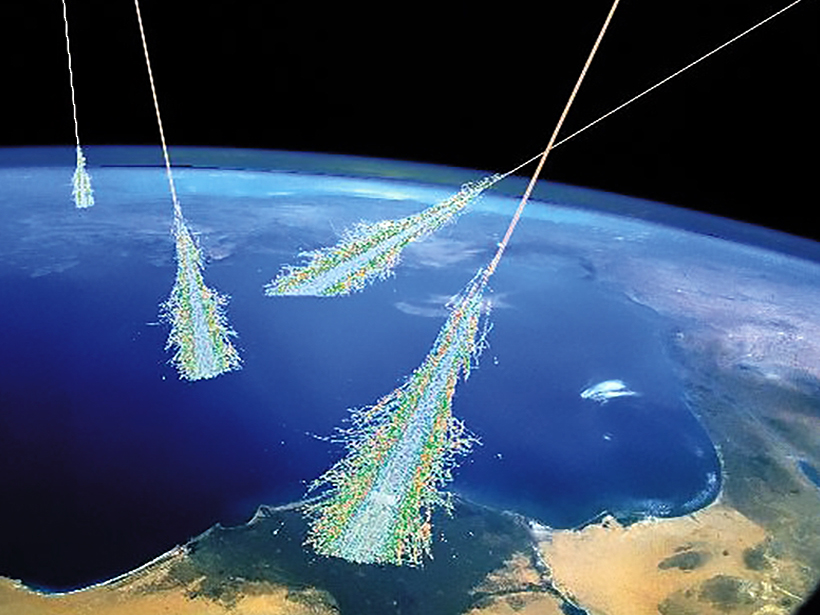A recent paper in Reviews of Geophysics discussed increasing ocean alkalinity as an alternative method of carbon sequestration in response to climate change.
carbon capture & sequestration
Optical Sensors Can Shed Light on Particle Dynamics in the Ocean
First TOMCAT Workshop; Southampton, UK, 12–14 September 2016
How Will Earth Respond to Plans for Carbon Dioxide Removal?
First Workshop of the Carbon Dioxide Removal Model Intercomparison Project; Potsdam, Germany, 20–22 September 2016
Study Finds That Coastal Wetlands Excel at Storing Carbon
Shoreline environments show more promise than other marine ecosystems for mitigating climate change, the analysis shows.
Headwater Streams May Export More Carbon Than Previously Thought
New research sheds light on the streams that carry carbon away from peatlands with the hope that the data will better inform climate models.
Asphalt Volcanoes Erupt in Slow Motion
Natural asphalt seeps on the ocean floor provide a stable home for diverse marine life that sequesters greenhouse gases.
Satellites Reveal a Temporary Carbon Sink over Australia
Satellite measurements of atmospheric carbon dioxide provide insights into how droughts and floods influence the carbon cycle on the semiarid continent of Australia.
Iron Fertilization Might Not Make Oceans Better Carbon Sinks
New research suggests more iron during the last ice age did not mean more algae production in the equatorial Pacific, pointing to possible futility of a controversial geoengineering idea.
Icebergs Fertilize Southern Ocean, Sequester Carbon
Huge, drifting ice rafts (the white spot on the satellite image below ) shed minerals as they melt, painting trails of nutrients, teeming phytoplankton, and chlorophyll across hundreds of kilometers of ocean.
Trying Out Muons to Detect Carbon Leaks
Scientists look into tracking carbon dioxide within a sequestration reservoir—and spotting possible leaks—by observing naturally generated, fast-moving muons that penetrate the underground storage area.

